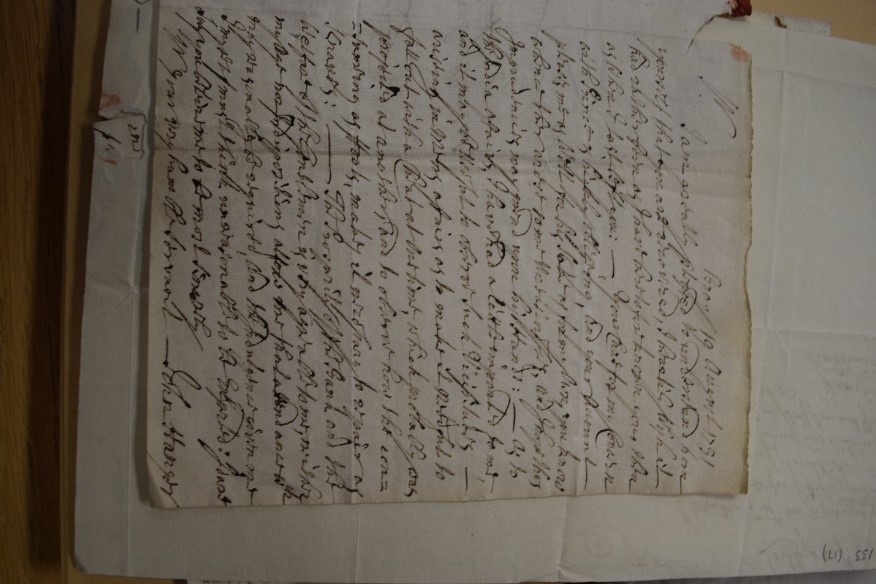Blog
Matthew David Mitchell, Associate Professor, Department of History, Sewanee: The University of the South (USA)
Humphry Morice was a slave trader, embezzler of the Bank – and also its Governor, making a reckoning with his legacy a massively important undertaking. As Curator Jennifer Adam noted in her blog post Beginning the Exhibition on the opening of the Museum’s current exhibition “Slavery & the Bank”, ‘the Bank of England was founded and came to prominence at a time when… Britain was at the forefront of the transatlantic slave trade.’ Its offices of Director and Governor ‘were held by wealthy and successful businessmen, many with commercial interests in slavery.’ Of all the men with connections to both the Bank and the trade in enslaved Africans, none was connected more intimately to both than Humphry Morice. A longtime Director of the Bank, Humphry Morice became Deputy Governor in 1725 and then Governor in 1727, serving in that role until 1729 before returning to the ranks of the Directors. All the while he also served as a Member of the House of Commons.


